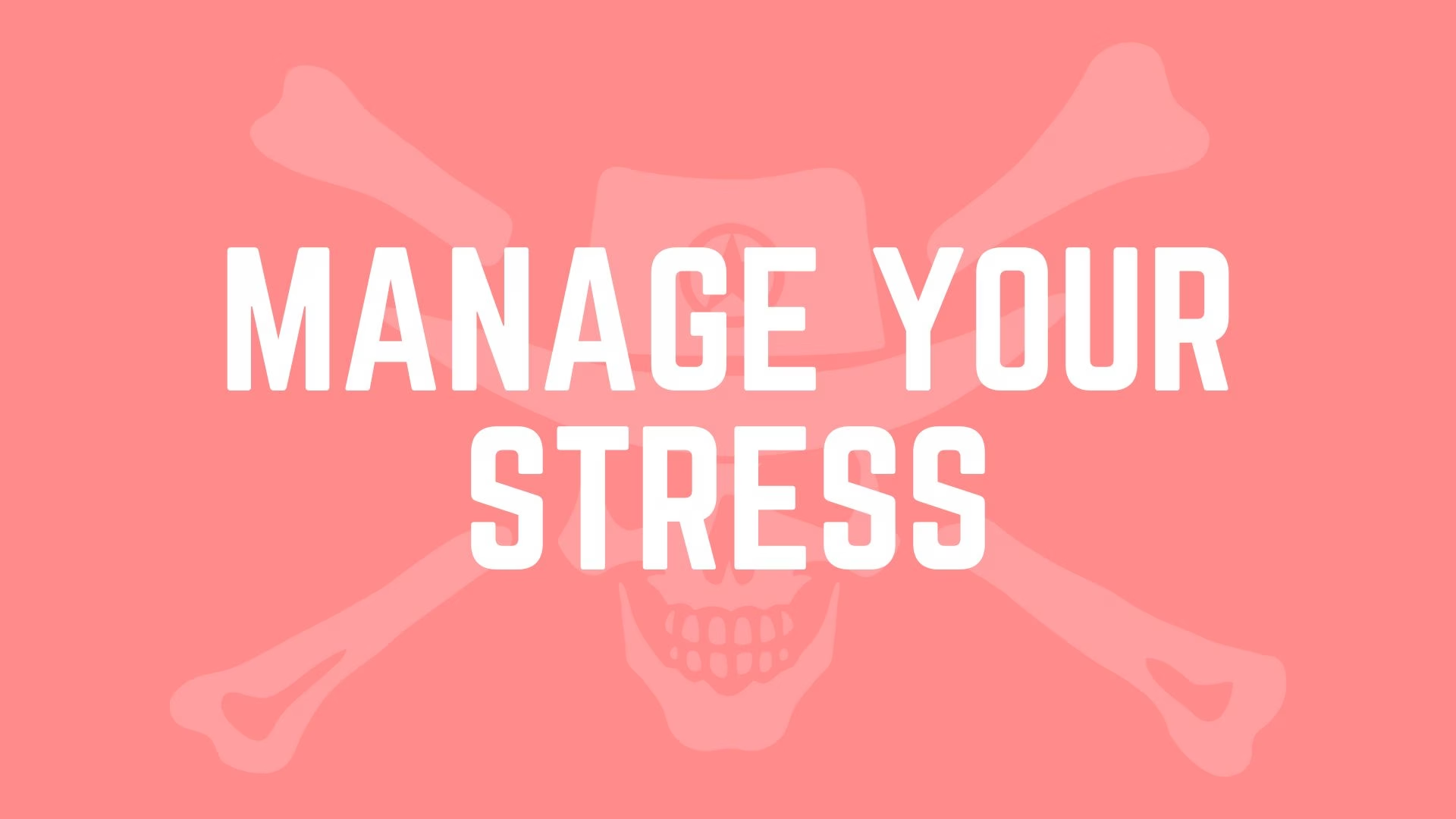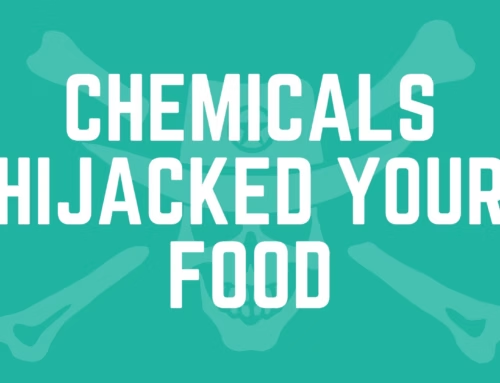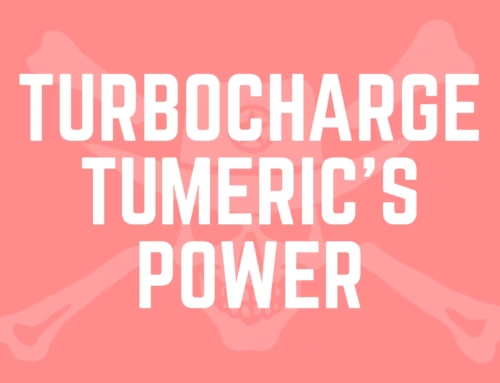Managing Stress to Support a Healthy Immune Response
Why Stress Fuels Inflammation
Modern life bombards us with stressors—deadlines, traffic, family demands—that trigger the same “fight or flight” response meant for life-or-death threats. Chronic activation of this system floods your body with cortisol and adrenaline, driving up inflammatory markers like IL-6 and C-reactive protein (CRP) by 25–35% when stress persists beyond three weeks.
How Stress Hijacks Your Immunity
Your stress response shifts resources away from repair and defense toward immediate survival:
- Cortisol Overload: Short-term cortisol is anti-inflammatory, but chronically elevated levels impair white-blood-cell function and promote insulin resistance.
- Autonomic Imbalance: Excess sympathetic (“fight”) tone suppresses parasympathetic (“rest”) tone, reducing heart-rate variability and impairing gut-brain communication.
- Gut-Brain Axis Disruption: Stress alters microbiome diversity, increasing intestinal permeability and allowing inflammatory compounds to enter circulation.
Key Stressors to Watch
Everyday pressures can seem minor in isolation, but certain stressors pack a disproportionate punch on your inflammatory load. Recognizing them is the first step to disarming their impact:
- Work Overload
Why it hurts: Juggling back-to-back meetings, looming deadlines, and constant notifications triggers chronic sympathetic activation. Studies show that on high-demand days, cortisol surges by up to 30%, which over time impairs immune function and elevates CRP.
Spot it: You feel wired-then-tired, with afternoon slumps and irritability. - Poor Sleep
Why it hurts: Even a single night under 6 hours of sleep can raise IL-6 levels by 20%, compounding next-day stress. Cumulative sleep debt keeps your HPA axis in overdrive, perpetuating inflammation.
Spot it: You hit snooze repeatedly, struggle with concentration, or crave caffeine to push through the day. - Social Isolation
Why it hurts: Human connection literally alters your biochemistry. Loneliness correlates with higher CRP and a 30–40% increased risk of chronic diseases, as lack of oxytocin removes a key buffer against stress hormones.
Spot it: You feel disconnected, miss sharing small joys, or default to screen time instead of face-to-face chats. - Financial Worries
Why it hurts: Ongoing money concerns keep cortisol chronically elevated and can spike blood pressure by 10–15 mmHg on worry-filled days. This “fight-or-flight” state undermines gut health and immune resilience.
Spot it: You check your accounts obsessively, lose sleep over bills, or feel a constant knot of anxiety in your chest.
Proven Stress-Reduction Techniques
Once you know your triggers, these evidence-based practices help you hit the reset button—quelling inflammation at its source:
- Diaphragmatic Breathing
Impact: Five minutes of deep belly breathing (4-7-8) can lower cortisol by 20% and reduce CRP by up to 10% in just one week.
How to do it: Inhale through your nose for 4 counts, hold for 7, exhale through your mouth for 8—repeat for 5 cycles.
Common pitfall: Shallow chest breathing keeps you in “fight” mode—focus on expanding your belly instead of your chest. - Mindfulness Meditation
Impact: Ten minutes daily raises parasympathetic tone, cutting IL-6 and TNF-α levels by 15% over eight weeks.
How to do it: Sit quietly, focus on your breath or body sensations, observe thoughts without judgment, and gently return to your anchor.
Common pitfall: Expecting a blank mind—acknowledge distractions and let them pass. - Nature Exposure
Impact: A single 20-minute walk in a green space lowers cortisol by 12% and boosts mood-enhancing neurotransmitters.
How to do it: Unplug from devices and immerse yourself in trees, grass, or water—focus on sensory details like rustling leaves or bird calls.
Common pitfall: Checking your phone—leave it behind to fully benefit. - Social Connection
Impact: Fifteen minutes of genuine conversation releases oxytocin, which dampens IL-6 peaks by up to 20% after stressful events.
How to do it: Schedule in-person chats or video calls with friends/family; share successes and frustrations equally.
Common pitfall: Relying on text messages—prioritize voice or face time for the full neurochemical benefit.
Do’s & Avoids for Stress Management
Embed these habits into your day to keep stress—and inflammation—under control:
- Do: Journal for 5 minutes each morning to clarify priorities and reduce decision fatigue (linked to lower morning cortisol).
Avoid: Endless evening to-do lists that keep your mind racing at bedtime. - Do: Work in focused sprints (Pomodoro 25/5) to maintain flow and prevent overwhelm.
Avoid: Multitasking—it spikes cortisol more than single-tasking and reduces productivity. - Do: Schedule one 2-hour weekly digital detox—no screens, just real-world connection or calm.
Avoid: Constant notifications that trigger micro-stress responses throughout your day.
Quick Win: Calm in 5 Minutes
Next time you feel frazzled, try this micro-break:
- Step outside or sit upright in a quiet spot.
- Close your eyes and inhale deeply for 5 seconds.
- Exhale slowly for 8 seconds.
- Repeat for 5 total breaths, then open your eyes and notice the shift.
Just five mindful breaths can lower your heart rate by 10% and reduce stress-driven inflammation markers within minutes.
Related Deep Dives
- How Quality Sleep Fights Chronic Inflammation
- The Anti-Inflammatory Diet: What to Eat and Why
- How Daily Movement Reduces Chronic Inflammation
FAQ
- Can stress reduction really change inflammation?
Yes—multiple studies show mindfulness and breathing practices can lower CRP and IL-6 by 10–20% within weeks. - Is it normal to struggle with meditation?
Absolutely—start with 2-minute sessions and build up. Even brief practice yields benefits. - How often should I practice?
Aim for daily micro-breaks plus one 10-minute practice session—consistency trumps duration.
Conclusion
Stress is unavoidable, but chronic inflammation doesn’t have to be. By embedding these practices into your day—breathing, mindfulness, nature, and connection—you’ll tame your stress response, protect your immune system, and stay ready for every Jolly Outlaw adventure.
Disclaimer: This article is for educational purposes only and does not constitute medical advice. Always consult a qualified healthcare professional before making changes to your diet, exercise, supplement regimen, or lifestyle—especially if you have pre-existing conditions or are taking medication.





